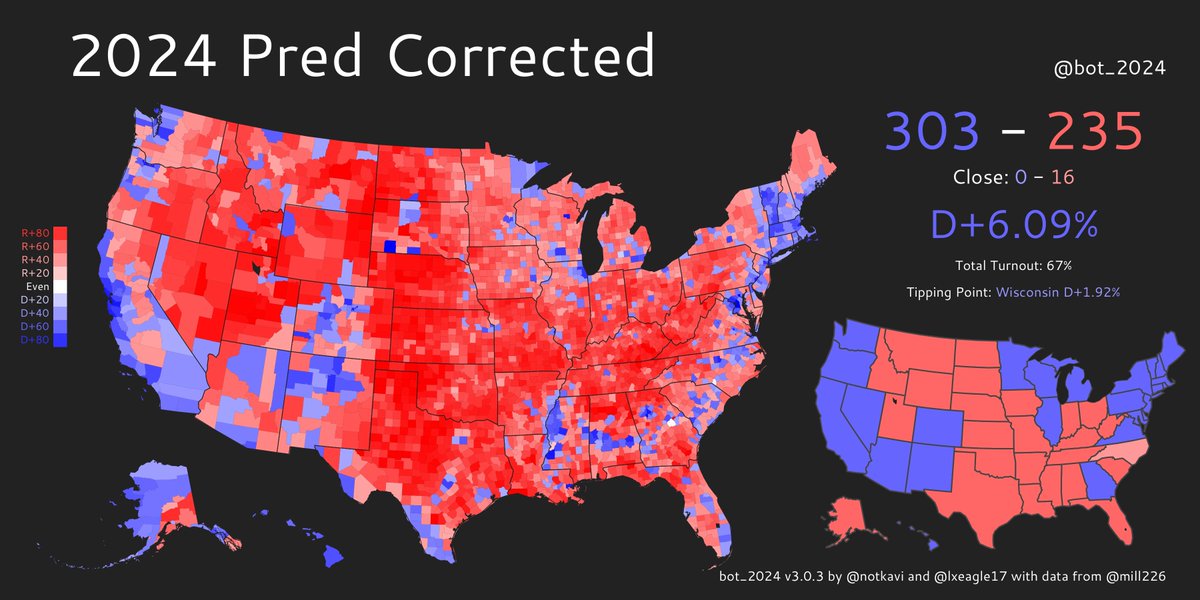
The question is whether it’s worth spending heavily in a race you’ll likely lose, or whether it’s better to go all-in on the three battleground races in PA/WI/NC for Democrats.
https://twitter.com/escrimshaw/status/1392115238456250373
Spending in Ohio has advantages, including forcing the GOP to spend some money there that could go elsewhere. And it’s really about widening the field of play. But another complication is that the more nationalized this gets, the tougher it is for Ds to win.
Ultimately, if Tim Ryan is to pull it off, the election has to avoid being nationalized. There’s just one too many Republicans in Ohio for Democrats to win a high-turnout Senate election here. He should be backed with funds, but the race getting nationalized would be a problem.
In case it isn’t clear I have absolutely no idea where I fall on this question either. I change my mind by the day. I think they should spend, I just think that it’s...not necessarily as crystal clear as “$$ = better chance” after a certain point here.
• • •
Missing some Tweet in this thread? You can try to
force a refresh





